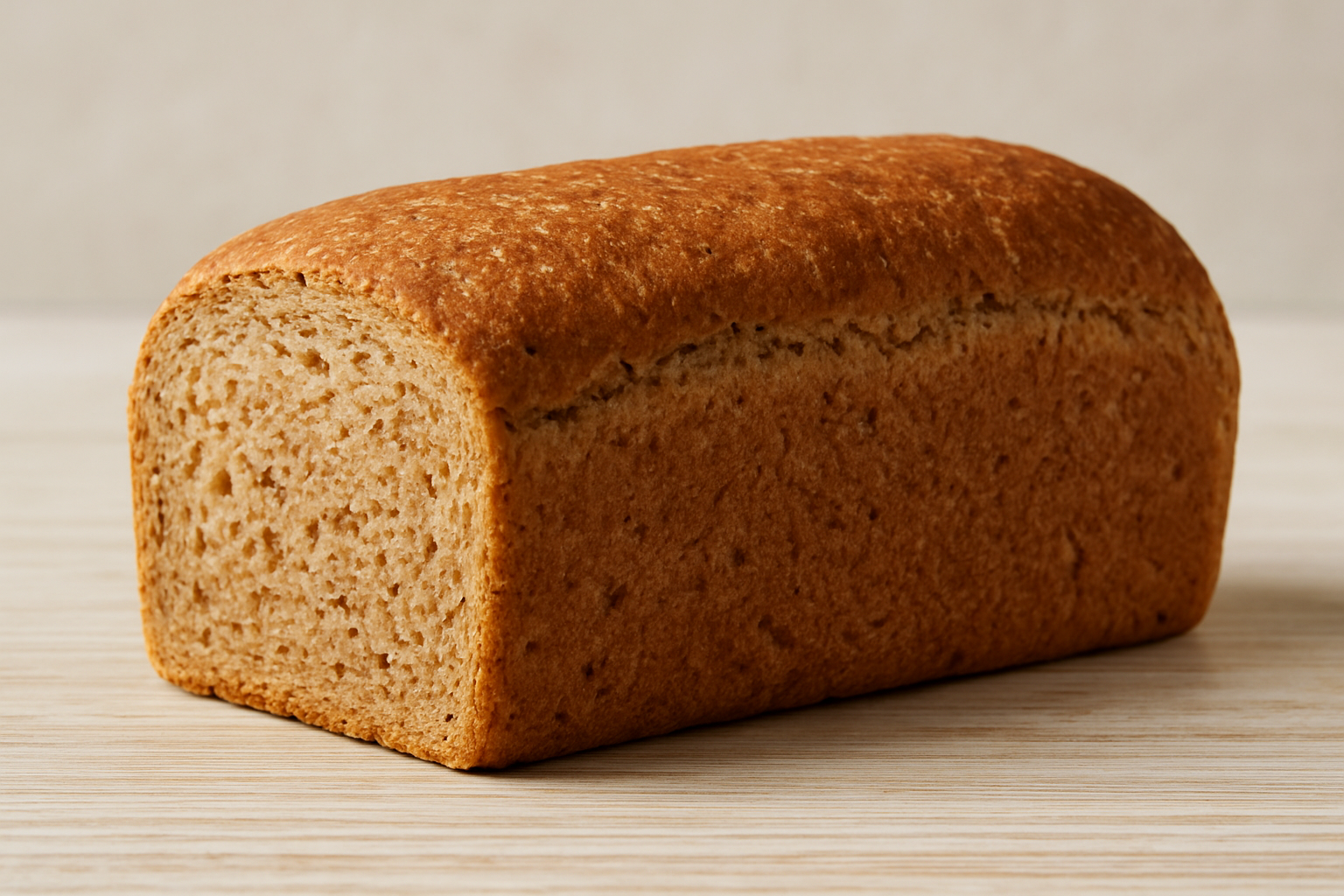1. The ‘Entire Meal’ Determines the Glycemic Response
The blood sugar response to a particular food is not determined by that food alone. It can change significantly depending on the nutritional composition of the other foods eaten with it. Especially when eating carbohydrate-rich foods, what you pair them with can be a very important strategy for controlling post-meal blood sugar.
2. The Difference in Digestion Speed of Nutrients
– Carbohydrates: Are digested and absorbed the fastest.
– Protein and Fat: Take much longer to digest than carbohydrates.
3. The Blood Sugar-Regulating Effect of Protein and Fat
– Delayed Digestion: When carbohydrate foods are eaten with foods rich in protein or fat, the overall time the meal stays in the stomach is prolonged.
– Gradual Blood Sugar Rise: This slows down the rate at which carbohydrates are broken down into glucose and absorbed, resulting in a much more gradual post-meal blood sugar curve.
– Case Comparison:
– Whole wheat bread + Jam/Honey: This is adding ‘bad carbs (sugar)’ to ‘good carbs (whole wheat bread),’ causing blood sugar to rise quickly and steeply.
– Whole wheat bread + Egg/Avocado: This is adding protein (egg) and healthy fats (avocado) to carbohydrates. The egg and avocado help to slow down the digestion and absorption of the bread, leading to a much more stable and gradual rise in blood sugar. It also keeps you feeling full for longer.
Summary: Even when eating the same bread, the blood sugar response varies greatly depending on what you eat with it. Rather than eating bread alone or with jam, it is crucial for blood sugar management to create a balanced meal by pairing it with protein and healthy fats (like eggs, avocado, nuts, or cheese).


Leave a Reply